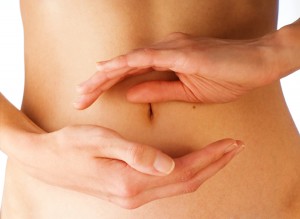
Below is a section from my ebook Empower – Lifestyle Upgrade. It is important to be aware that we are faced with real health factors and risks, and to understand what each one means. The conditions below are just a sample and it is important to remember that these conditions affect men as well.
If you have any questions or problems regarding your health please seek medical advice.
• Breast cancer – cancer originating from breast tissue
• Cervical cancer – cancer in the cervix uteri or cervical area
• Polycystic ovary syndrome – characterised by are irregular or absent periods, acne, obesity and excess hair growth. Women with PCOS do not ovulate; they are also at higher risk of high blood pressure, diabetes, cancer of the uterus and heart disease. Much of the risk can be reversed with exercise and weight loss
• Thyroid problems – The thyroid gland produces thyroid hormones, which regulate the body’s metabolism. These hormones are important in regulating energy, body’s use of other hormones and vitamins, and the growth and maturation of body tissues. Diseases of the thyroid gland result in either the production of too much (overactive thyroid disease or hyperthyroidism), too little (underactive thyroid disease or hypothyroidism)
• Adrenal fatigue – when the adrenal glands function, but not at their optimal level. Commonly associated with intense or chronic stress, it can also arise during or after acute or chronic infections, especially respiratory infections such as influenza, bronchitis or pneumonia. This fatigue is not relieved by sleep. You may look and act normal while experiencing adrenal fatigue and may not have any obvious signs of physical illness, however you may live with a general sense of unwell, tiredness or “dark” feelings.
• Stress – individual experience. Can be caused by external (e.g. family, work) or internal (putting pressure on oneself) factors. Chronic stress can lead to health problems (i.e. depression, high blood pressure, lethargy etc.)
• Diabetes – Type I or Type II (high lifestyle risk factors) a disease where you are unable to use your body’s glucose for energy. Insulin is needed to use glucose, diabetes results when insulin is either not produced or cannot be used by the body.
• High cholesterol – cholesterol is a waxy substance produced by the liver. Some cholesterol is needed for hormone and cell function, but too much can cause clogging in your arteries. Subsequent health problems can include angina, heart attack or stroke
• High blood pressure – the size and condition of your arteries, combined with the amount of blood pumped by your heart determines your blood pressure. When your arteries are narrow (clogging) the heart has to work that much harder to get the same amount of blood throughout the body. Uncontrolled high blood pressure can overload the heart and blood vessels and speed up the artery clogging process.
• Obesity– where excess body fat has accumulated to the point of causing health problems.
Please help increase the awareness of these health risks by sharing this post using the share buttons 🙂
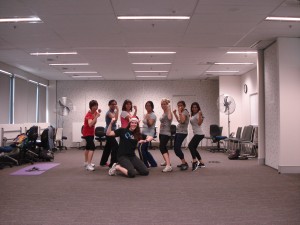
 impact on some people’s results) but it doesn’t mean give up, just understand that it may take a while!
impact on some people’s results) but it doesn’t mean give up, just understand that it may take a while!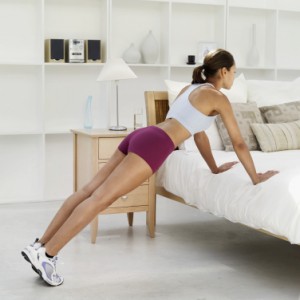
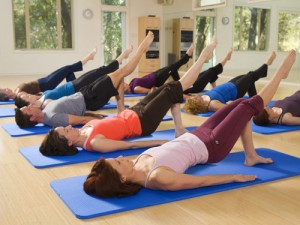
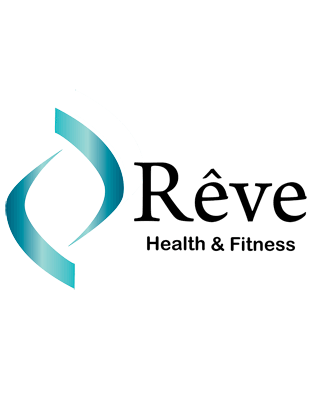
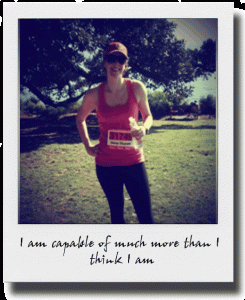
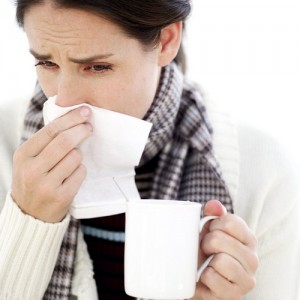
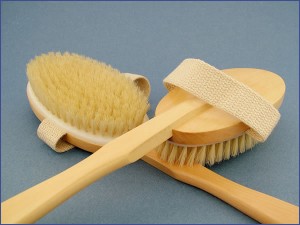
 Boost that motivation – music can be an exceptional motivation tool. Music has the power to change your mood dramatically. It can make you sad, make you happy and seriously change your current state of mood from lazy to pumped and ready for anything. Use the power of music to get you up on those dark cold mornings, or out of the house when it’s raining and miserable. Create your own power playlist to motivate yourself and take control.
Boost that motivation – music can be an exceptional motivation tool. Music has the power to change your mood dramatically. It can make you sad, make you happy and seriously change your current state of mood from lazy to pumped and ready for anything. Use the power of music to get you up on those dark cold mornings, or out of the house when it’s raining and miserable. Create your own power playlist to motivate yourself and take control.